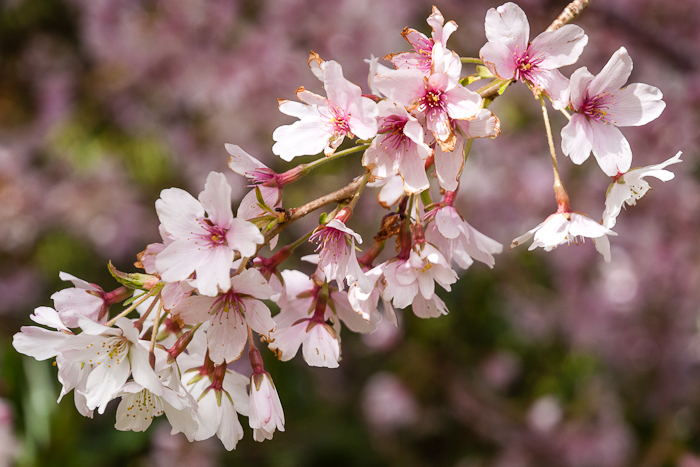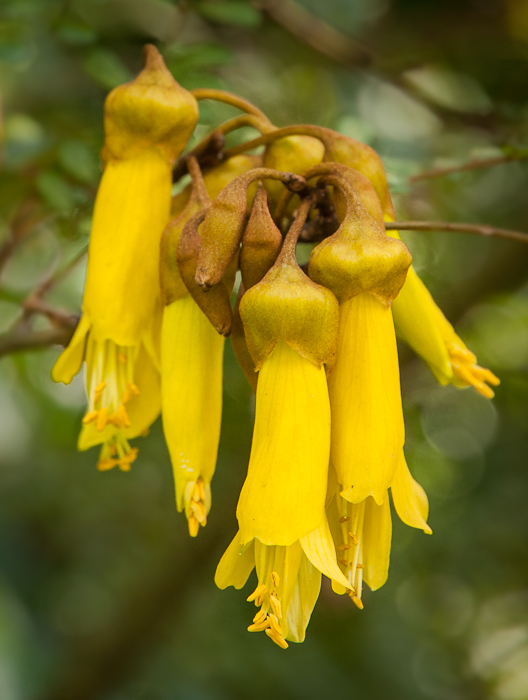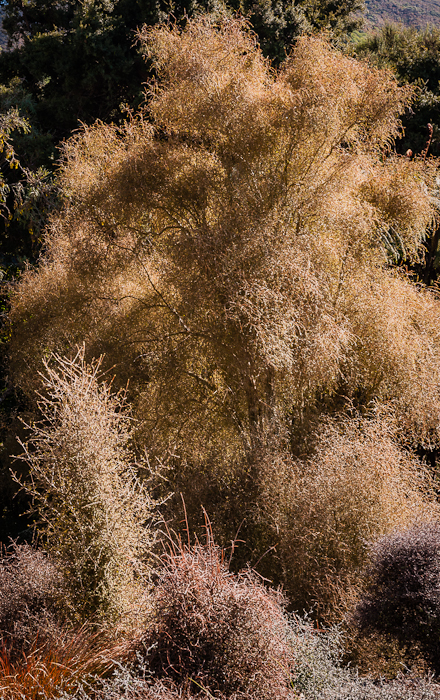The light is fading in the evening and the water at Island Bay beach is quite still. Around the water's edge near the rocks where the old bait house perches, an oystercatcher forages in the mounds of seaweed. Apparently oystercatchers are found all around the world, but this little all black bird is a so-called variable oystercatcher or toreapango (Haematopus unicolor), a species found only in New Zealand. (They can be pied rather than all black - hence the "variable" in the name.) This particular species doesn't migrate and the birds tend to stay put, in pairs, around the coast where they nest. They are distinctive characters, bobbing around actively looking for food - digging for little shelled critters, not only oysters despite their name - and they are adept at using their strong orange beaks to open the shells up. They can be very bold and brave in defending their space and their peep peep peep calls announce their presence or flight overhead. They are a very engaging sight, and it is as if we know them, because they seem to be permanent occupants of certain parts of the beach.
 A familiar and engaging sight, an oystercatcher foraging near the old bait shed at Island Bay beach.
A familiar and engaging sight, an oystercatcher foraging near the old bait shed at Island Bay beach.


















